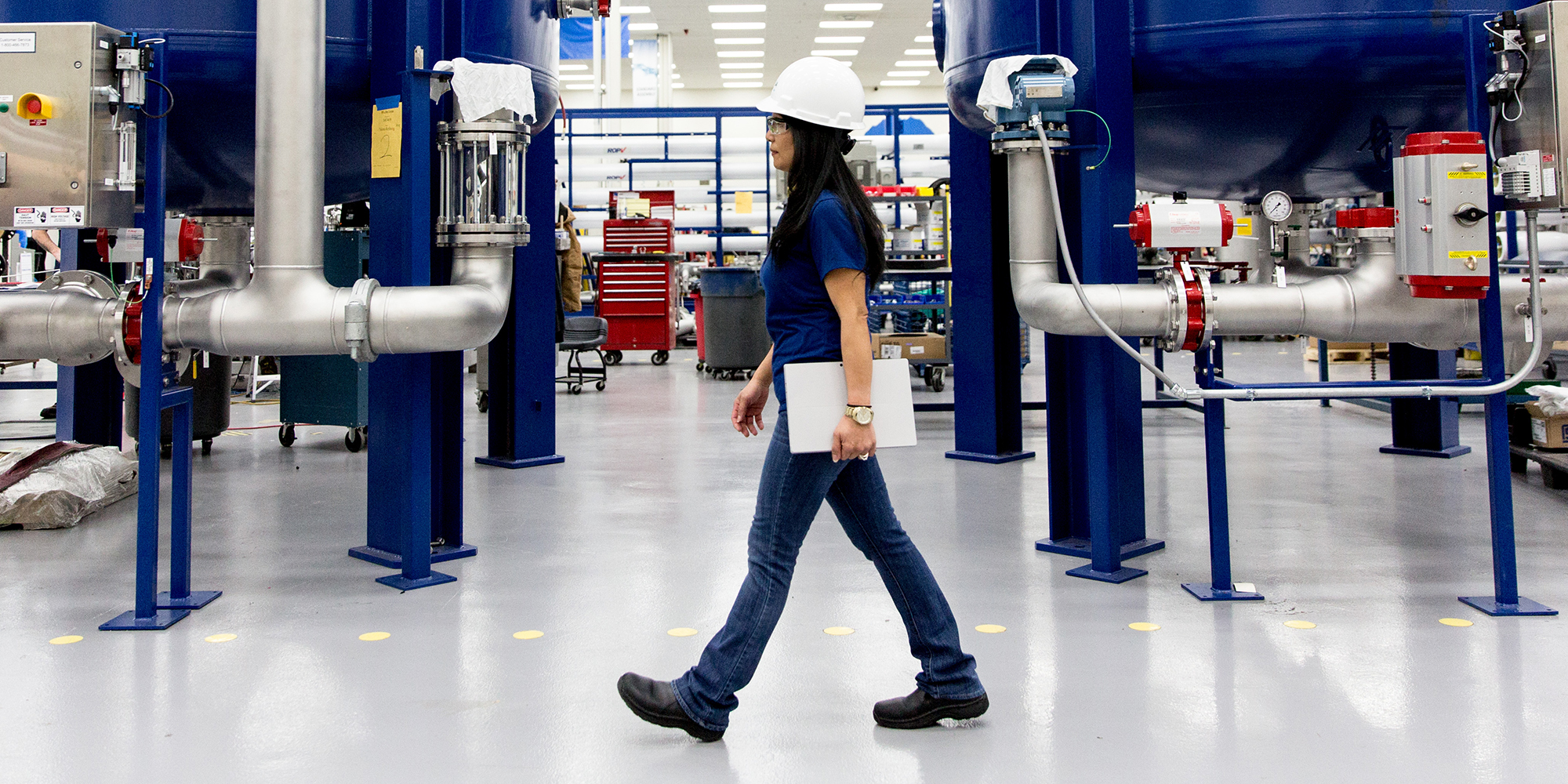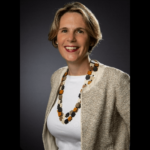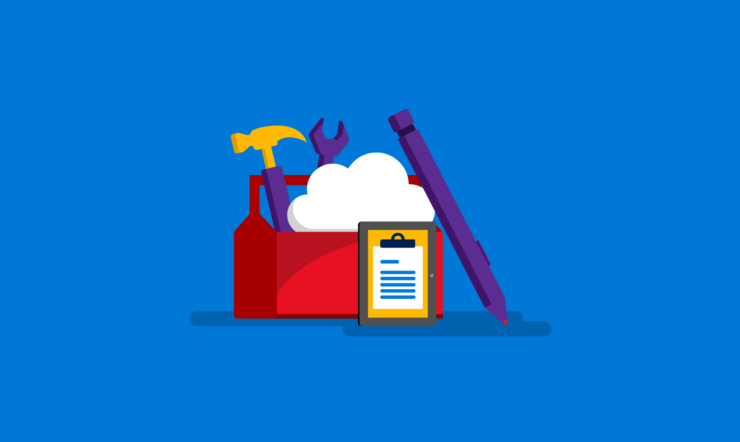Manufacturing is undergoing a huge transformation. And that transformation is opening a wealth of new opportunities to bring diversity to the industry.
Digital technologies are game changers for the manufacturing industry. Outokumpu has been on an inspiring journey driving its sustainability agenda through their use of data and AI. Another story that inspired Laurence Janssens is that of the world’s largest diamond producer Debswana that used data and A&I to improve core process efficiency. Being part of these transformations should motivate any diverse talent to join manufacturing organizations. Yet, so far, only a small percentage of women have been part of these inspiring journeys.
Our new video series, #WEWomeninManufacturing, aims to bridge that gap by shining a light on the women who are not only part of the digital revolution in manufacturing, but are leading that change. Each guest is interviewed by Microsoft, starting with Laurence Janssens, Microsoft’s Western European Lead for Manufacturing.
Meet DMG Mori’s ‘Manufacturing Maniac’
The series launch coincides with International Women’s Day, a day that celebrates women’s achievements and raises awareness against bias. Our first guest is self-professed ‘Manufacturing Maniac’ Katarina Heining, DMG Mori’s Digital Sales and Marketing Lead. Katarina and Laurence explore how their roles in the industry have grown and evolved, and encourage more women to consider manufacturing as an exciting destination for diverse talent.
Katarina is brimming with enthusiasm as she discusses the exciting opportunities available for women in manufacturing, and shares insights into her role at DMG Mori. “DMG Mori is a very inspiring company. It’s the world leader of machine builders and has about 150 years’ experience in this space,” says Katarina.
The company embraced the opportunity to digitalize their offerings from manual to automated, with the goal of becoming the “Netflix of manufacturing.” This step forward not only improved their own production process, but will be used to help bring the digitization journey to their customers too. As more companies digitize, more opportunities are available for individuals to be part of the exciting changes shaking the manufacturing world.
“We’re embarking on new roads, testing new markets, bringing in new products with digitalization – and we need new talent for that.”
An exciting time for women in manufacturing
As the industry changes its focus towards sustainability and digitalization, Katarina notes that this is a very exciting time for women to join and contribute. Women are currently underrepresented in this space – according to a 2018 study, 79% of EU scientists and engineers in manufacturing were male. Katarina feels that, for companies to grow and develop, this statistic needs to change. “It’s a little bit like: ‘Where are my female friends around in this space?’ Katarina says. “There are very few of us.” In order to master the challenge of digital transformation, diverse talent is needed.
What words of inspiration does Katarina have for women interested in joining the manufacturing space? What are the benefits of considering a career in the industry? Katarina explains that working in this particular space allows talent to grow very fast, as employees are given responsibility early on – and quickly see the results. “I think what’s unique about this industry is the fact that you’re very close to the process… If you’re taking decisions or you’re changing something, you see the immediate results of it because you’re so close to the manufacturing process.”
Having more women in the manufacturing field would help increase diversity and empower companies to reach new heights. “We definitely need to broaden the employee diversity in this space to get in that new perspective,” Katarina concludes. “This is the place to be for women – definitely!”




























